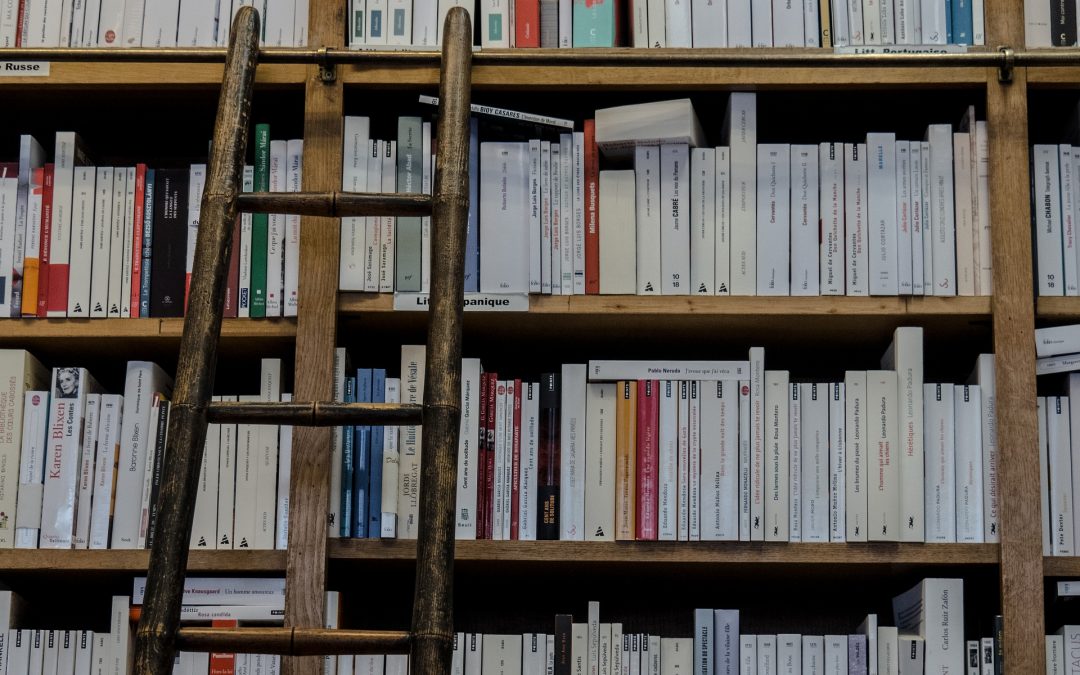
Jan 7, 2020
First published on ScienceDaily.com
A team of New Jersey stroke researchers has linked recovery of reading and language competence with cerebral blood flow in the left reading network. Their findings may contribute to new approaches to identifying and treating reading deficits after stroke. The open access article, “Cerebral perfusion of the left reading network predicts recovery of reading in subacute to chronic stroke” was epublished on August 26, 2019 in Human Brain Mapping. The authors are Olga Boukrina, PhD, and A.M. Barrett, MD, of Kessler Foundation, and William Graves, PhD, of Rutgers, the State University of New Jersey.
Despite the fundamental role of reading ability in everyday living, little research has been conducted on patterns of reading recovery after stroke, or the development of interventions to improve reading outcomes. In this study of left-brain stroke, a team of New Jersey scientists examined patterns of cerebral perfusion bilaterally, including left and right networks of brain areas important for healthy reading, the area surrounding the stroke lesion, and the corresponding contralateral area.
They enrolled 31 participants during inpatient rehabilitation, within 5 weeks of left-sided stroke. All underwent functional magnetic resonance imaging, psychometric testing, neurological examination and tests for phonological, orthographic and semantic impairments. Fifteen participants had follow-up studies at 3 months post stroke. Analysis of data from the subacute and chronic phases showed that recovery of reading and language competence correlated with increases in cerebral blood flow in the left reading network.
You can read the full article here.
Image: Pixabay.com
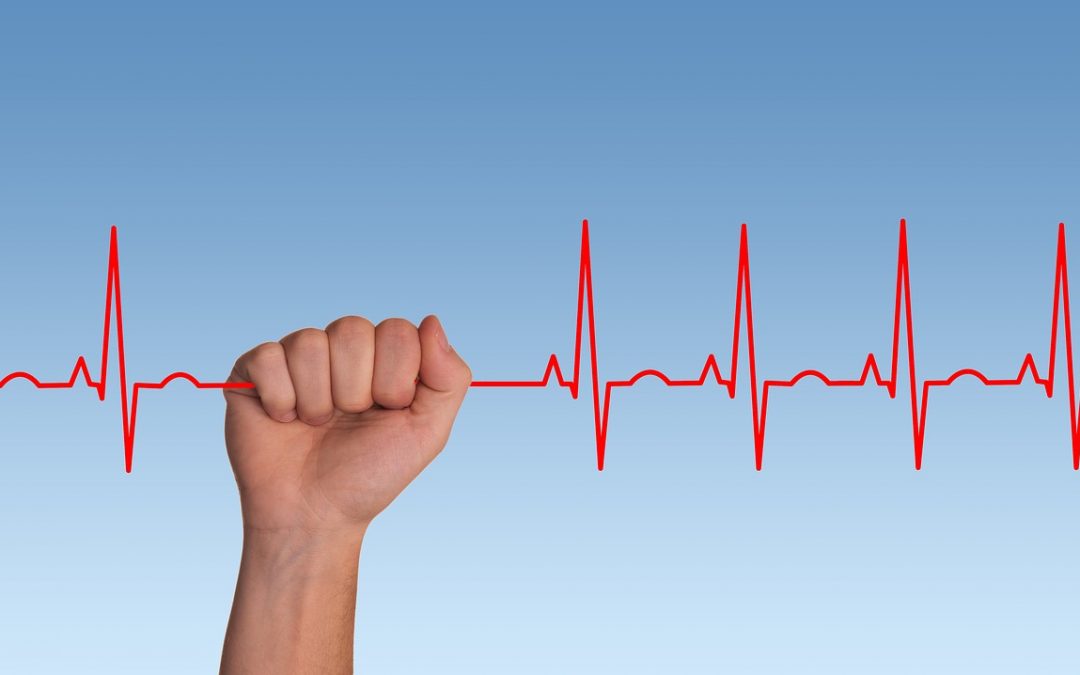
Jan 6, 2020
Source: European Journal of Arrhythmia & Electrophysiology. 2019;5(2):77–81
Authors: Kamal Kishor , Devendra Bisht , Sanjay Kalra
Abstract
Atrial fibrillation (AF) is one of the major causes of stroke, heart failure, sudden death and cardiovascular morbidity in the world. Management of AF, its risk factors and complications demands huge cost. The frequent hospitalisations, haemodynamic abnormalities, and thromboembolic events related to AF put a huge emotional and monetary burden on patients, so preventive strategies will be a cost-effective means of reducing this burden. Primordial prevention (i.e., intervention prior to onset of disease risk factors) should be implemented by the government, along with the food industry, to educate the public regarding the importance of a healthy diet and adherence to it. Primary prevention should focus on halting the onset of AF in targeted populations who carry risk factors for development of AF. The strategy at the secondary-prevention level includes optimal control of rate or rhythm either by anti-arrhythmic drugs or catheter ablation. Every effort should be made to reduce the incidence of ischaemic stroke by using optimal oral anticoagulation, devices or surgical closure of left atrial appendage. Tertiary level prevention should focus on the management of complications incurred as a result of AF, such as ischaemic stroke, heart failure or asymptomatic left ventricular dysfunction. Since management of AF demands a huge economic burden and the line between thrombotic complications and bleeding complications is a thin one; over-diagnosis and overtreatment of AF should be avoided. The ultimate aim of quinary prevention is to sensitise the physician to follow evidence-based medicine and to get rid of populated myth. This current review summarises a stepwise preventive strategy for AF from the primordial level to the quinary level.
You can read the full article in the latest exciting issue of European Journal of Arrhythmia & Electrophysiology – Volume 5 Issue 2 by clicking here.
Image: Pixabay.com
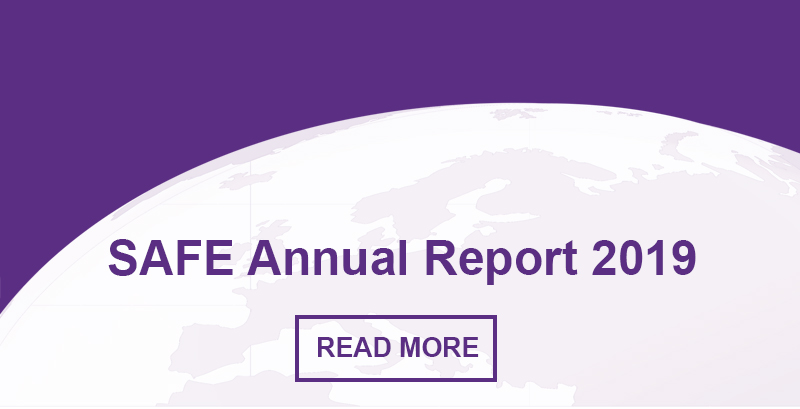
Jan 5, 2020
You can access and download the SAFE Annual Report by clicking on this button below
SAFE Annual Report 2019
In addition, please see below the message of the President of SAFE, Jon Barrick:
This has been a busy and exciting year for our organisation, especially in terms of advocating on pan-European level. We have continued work around the Stroke Action Plan for Europe, forming an implementation committee with the European Stroke Organisation. We held a seminal event at the EU Parliament raising the profile of stroke more than ever before, engaging with the Deputy Director General of the EU’s DG Sante and the EU Committee of the Regions. Through our funding of Oxford University’s project on the economic impact of stroke, we have produced up to date and compelling evidence about the cost of stroke in Europe. With all this accomplished, we continue to press ahead, as we have now completed the third and final year of the research which will provide us with vital European and country specific data on the future economic impact of stroke and power of interventions. The Economic Impact of Stroke in Europe report will be launched in full at the Joint World Stroke Organisation/European Stroke Organisation conference in Vienna in May 2020.
We have continued with the Angels project to produce vital information booklets on stroke to distribute to patients and families while in hospital. We have provided this information in 15 different languages to ensure that more people across Europe can use our materials to improve the lives of stroke survivors.
We continue our educational work with those who wish to understand stroke support organisations and become advocates for better care through our online teaching and learning tool SSOFT, and our regional and working conferences. A particular highlight for me in 2019 was the concrete evidence of the value of our partnership orientation, our Industry partners have been very supportive again, our outreach to ESO has been reciprocated, and we continue to see the number of SSO’s grow, and then become members of SAFE. Yet again we go into a new year with record membership which bodes well for the future.
As SAFE goes from strength to strength in activities to reduce the number and effects of strokes, the Board must also ensure the long-term sustainability of SAFE. The Board has achieved much of its work through dedicated voluntary time but has recognised that this needs to be added to by full
time paid staff. The Board agreed that SAFE required more permanent leadership to drive forward and to achieve our goals. I am delighted to let you know that we recruited our first Director General this year and I know you will all join me in welcoming Arlene Wilkie into the SAFE family.
In 2019, we have been able to deliver many significant achievements because of our close working community. I would like to thank those that have worked with and for SAFE this year, and to the members and sponsors who have supported us practically and financially. This next year is my last as President and I am looking forward to ensuring we have a solid 2020 of achievement to strengthen the long-term sustainability of all stroke support organisations in Europe.
Jon Barrick
SAFE President
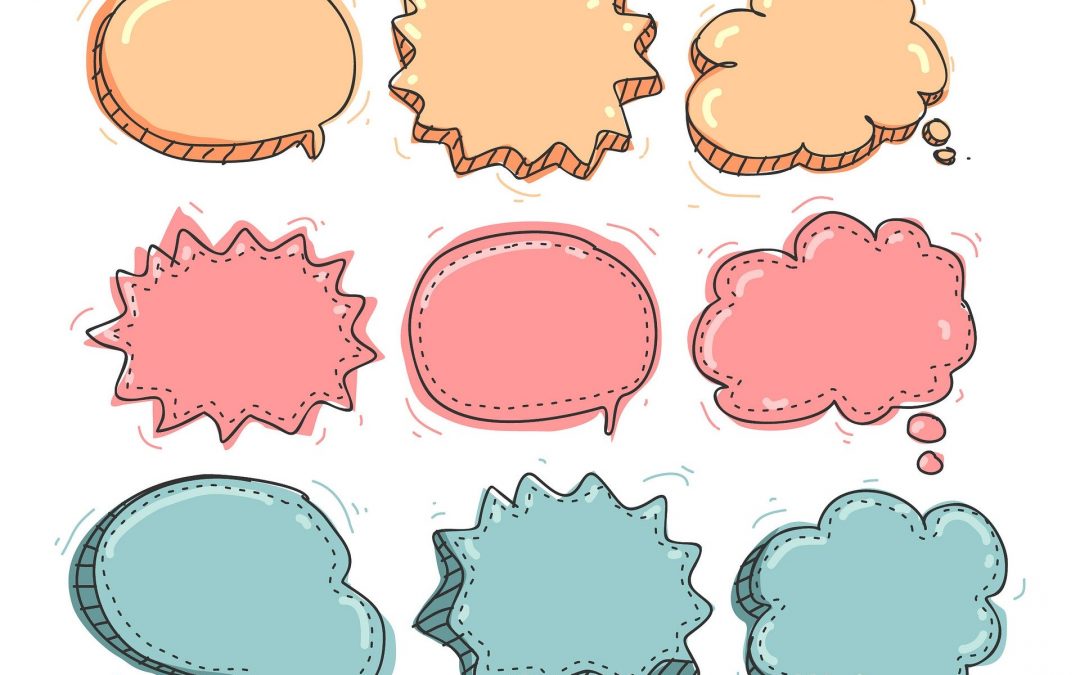
Dec 31, 2019
First published on ScienceDaily.com
In an article in Brain, researchers at the Medical University of South Carolina (MUSC) and elsewhere report which brain regions must be intact in stroke survivors with aphasia if they are to perform well in a speech entrainment session, successfully following along with another speaker.
Aphasia is the inability to speak, write or understand spoken or written language. One of the main causes of aphasia is stroke, the third leading cause of death in the U.S. About one in three stroke survivors develops aphasia.
Patients with non-fluent aphasia speak in short, halting, telegraphic sentences and have trouble forming their words. However, they often understand language relatively well.
“Speech entrainment is asking the person to repeat in real time what they hear and see, or in other words to copy the speech of another speaker,” said Leonardo Bonilha, M.D., Ph.D., who led the study. Bonilha is the SmartState® Endowed Chair for Brain Imaging and an associate professor in the Department of Neurology at MUSC.
Bonilha and Janina Wilmskoelter, Ph.D., a postdoctoral fellow at MUSC, collaborated closely with Julius Fridriksson, Ph.D., professor in the Arnold School of Public Health at the University of South Carolina and director of the Center for the Study of Aphasia Recovery (C-STAR). Other team members include C-STAR collaborators from Johns Hopkins University and the University of California, Irvine.
Speech therapy can be effective in helping stroke survivors communicate better, but non-fluency is one of the hardest symptoms to treat. Speech entrainment is an experimental approach for non-fluent aphasia in which stroke survivors practice speech production in real time by following along with another speaker.
However, not all patients with non-fluent aphasia can follow along with another speaker, suggesting that they might not benefit from speech entrainment therapy should it one day be approved for use in the clinic. Before this study, researchers did not know why some stroke survivors could follow along with another speaker and others could not.
The multi-institutional team of aphasia researchers studied which brain structures were associated with successful speech entrainment. They found that the left lateral temporal cortex needs to be intact for a stroke survivor to successfully follow along with another speaker.
“Our finding helps us understand better what are the neural mechanisms associated with the ability to have one’s speech entrained,” said Bonilha.
Read the full article here.
Image: Pixabay
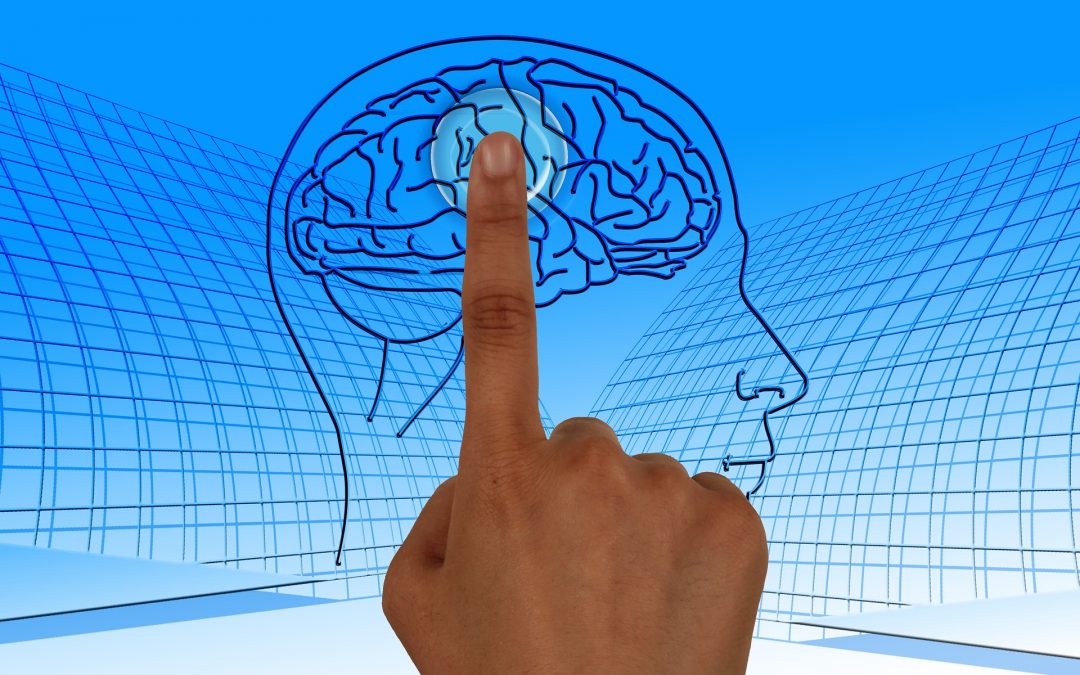
Dec 28, 2019
First published on ScienceDaily.com
An advanced Magnetic Resonance Imaging (MRI) brain scan analysis in patients with stroke-related, small vessel disease helped predict problems with thinking, memory and even dementia, according to new research published in Stroke, a journal of the American Stroke Association, a division of the American Heart Association.
When a stroke or other disease damages tiny blood vessels in the brain, the condition is known as small vessel disease. This condition is the most common cause of thinking problems (planning, organizing information and processing speed) and can even lead to dementia. Although early treatment could help patients at risk, no effective test is available to identify them.
This study evaluated the accuracy of a new MRI analysis technique using diffusion tensor imaging (DTI), in predicting thinking problems and dementia related to small vessel disease. A single scan measured the brain in fine detail to reveal damaged areas. By comparing these images to a healthy person’s, researchers were able to classify the brain into areas of healthy versus damaged tissue.
Results showed that participants with the most brain damage were much more likely to develop thinking problems. The analysis also helped predict three-fourths of the dementia cases that occurred during the study.
“We have developed a useful tool for monitoring patients at risk of developing dementia and could target those who need early treatment,” said senior author Rebecca A. Charlton, Ph.D., department of psychology at Goldsmiths, University of London, in the United Kingdom.
The study included 99 patients with small vessel disease caused by ischemic stroke, a type of stroke that blocks the blood vessels deep within the brain. Slightly more than one-third were female, average age 68, and most were Caucasian. All participants were enrolled in the St George’s Cognition and Neuroimaging in Stroke (SCANS) study from 2007 to 2015 in London.
Participants received the MRI scans annually for three years and thinking tests annually for five years. Eighteen participants developed dementia during the study, with an average time to onset of approximately three years and four months.
You can read the full article here.
Image: Pixabay









